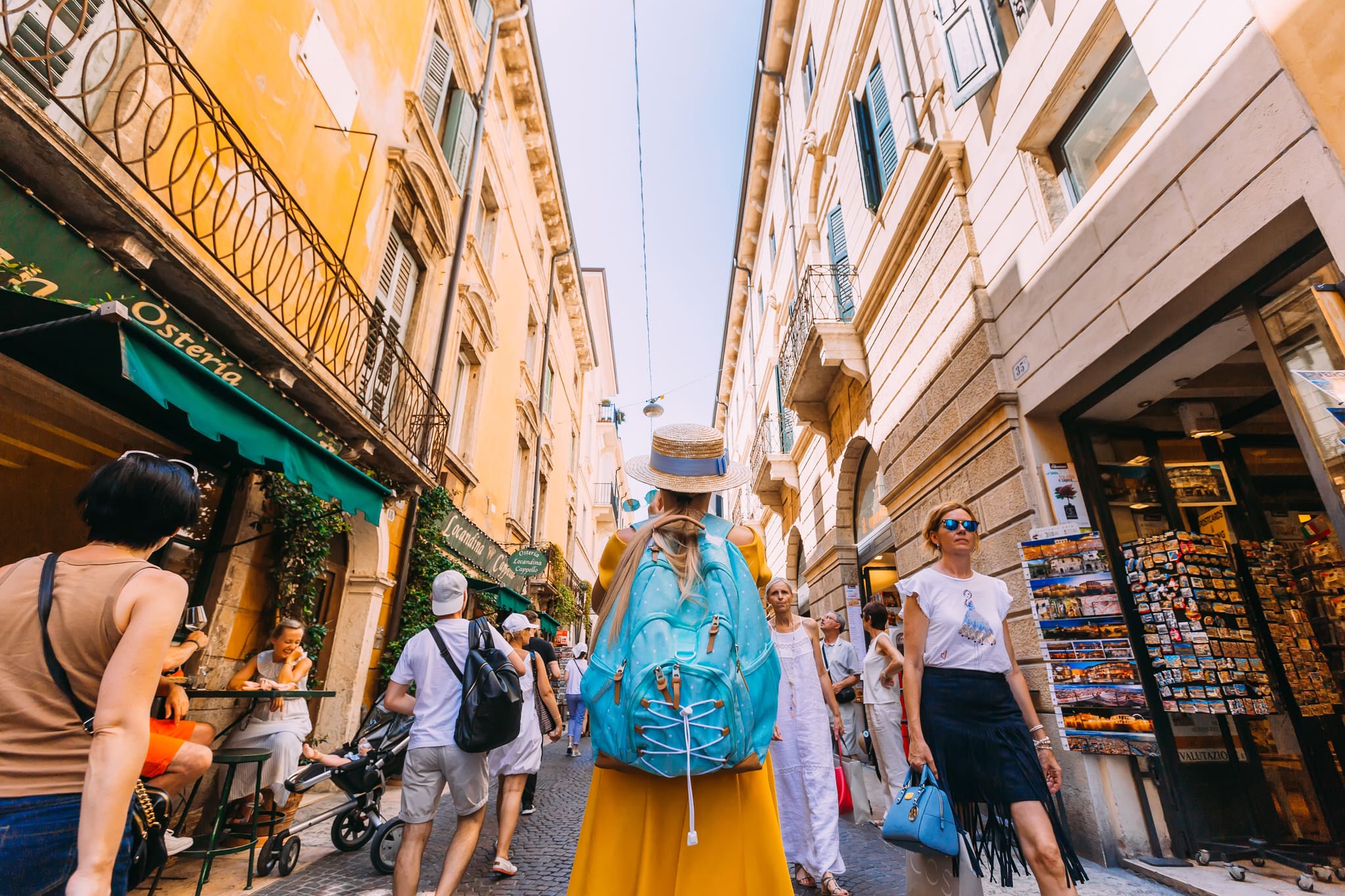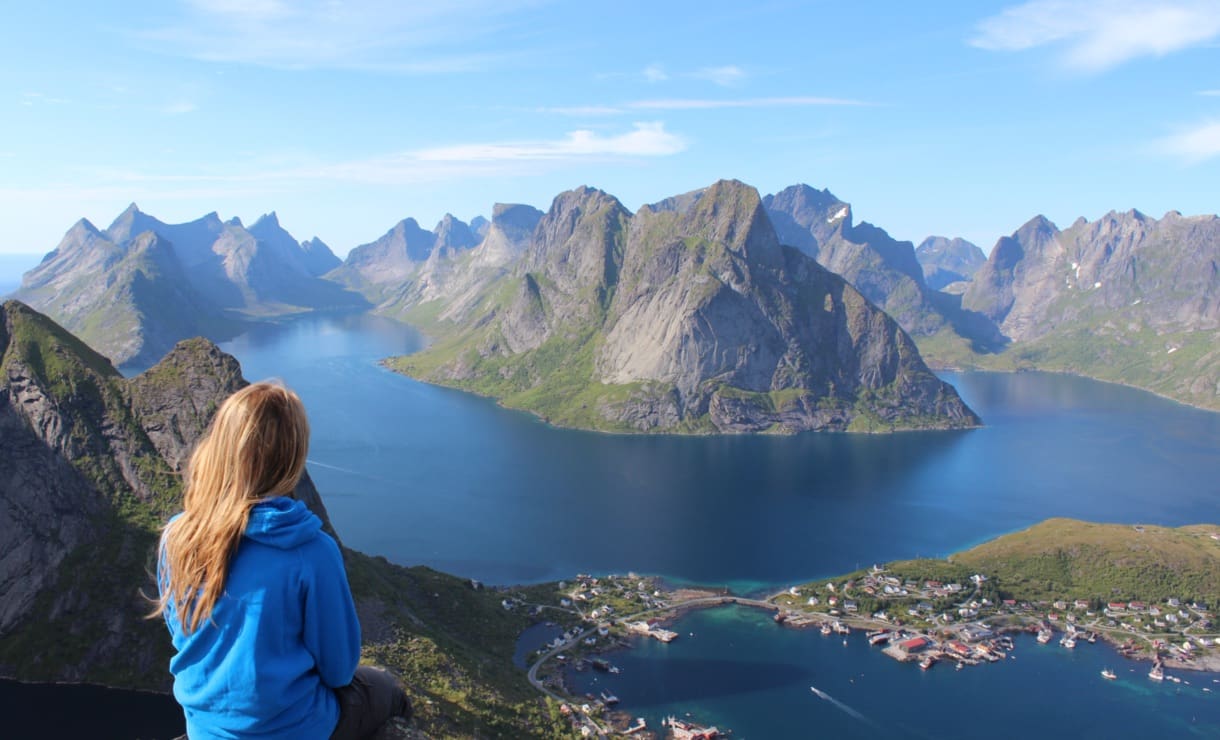After a long week of English classes, playing with kids, bike rides, and manual labor, we reached our “off-day” on Saturday! Come 8:30 am, we climbed into the air conditioned van (thank Jesus!) and began our 1-2 hour drive towards the capital. We had been to Phnom Penh, but this time, we didn’t stop in the city. Rather, we continued on for some time before reaching our destination: The Choeung Ek Genocidal Center, more commonly referred to as The Killing Fields.
For some background information, the people of Cambodia experienced a mass genocide from 1975-1979. Shortly before this time, Cambodia had undergone severe bombings and destruction due to the American attacks on Vietnam. A significant amount of bombs were intentionally dropped on Cambodia, sometimes referred to as the “Secret War”. While the country was being literally torn apart, a radicalist named Pol Pot started his regime, known as the Khmer Rouge. In 1975, Phnom Penh was evacuated by the Khmer Rouge, who persuaded the Cambodian citizens that they were being taken to safe homes. Unfortunately, this was far from true. Millions of Cambodians were taken to these “killing fields” where they were brutally slaughtered in gruesome and painful ways.
Not only did we walk the exact ground where thousands of Cambodians were murdered, we also went to the Tuol Sleng Genocide Museum, or, S-21. This network of prisons served as concentration camps where wealthy, influential, intelligent, and innovative Cambodians, who were targeted as threats to Pol Pot, were tortured and murdered. At Tuol Sleng, one of these high-school-turned-prisons, between twelve and twenty-thousand people were imprisoned. Since then, there have only been 12 confirmed survivors.
Seeing these preserved historical sites was shocking for many reasons. First, the truth was hidden from so many and continued to remains in the shadows. We must come to realize that this wasn’t just some sad event that happened a long time ago, because countless Cambodians that lived through the Khmer Rouge are still living today. Next, we must realize that genocide is not an ancient weapon. Radicalists continue to find power, requiring us to be alert and aware of our circumstances. Finally, I personally have become aware of a strong sense of apathy in Cambodia. Not only is this one of the poorest countries in the entire world, but millions of people were forced to witness one of the most gruesome and horrible acts in history – and they continue to live with the after affects every day. Learning about the Cambodian Genocide opened my eyes to the hatred and fear in those around me. This knowledge has softened my heart to those who never seem to smile back, only barely comprehending the pain they experienced. Finally, understanding the terrible things that took place where I have been living for the past month has awakened a fire in me. Less a fire of passion, and more a fire of heavy, heavy weight. A dark burden lies on the shoulders of Cambodia and while the scars may never be erased, God is offering comfort and healing in His name. Though the truth of the Khmer Rouge is overwhelming, even more powerful is the truth of God’s redemption. He desires for His Cambodian children to let go of the fragmented desolation they call home, and run to His arms, where they can live in real freedom.








